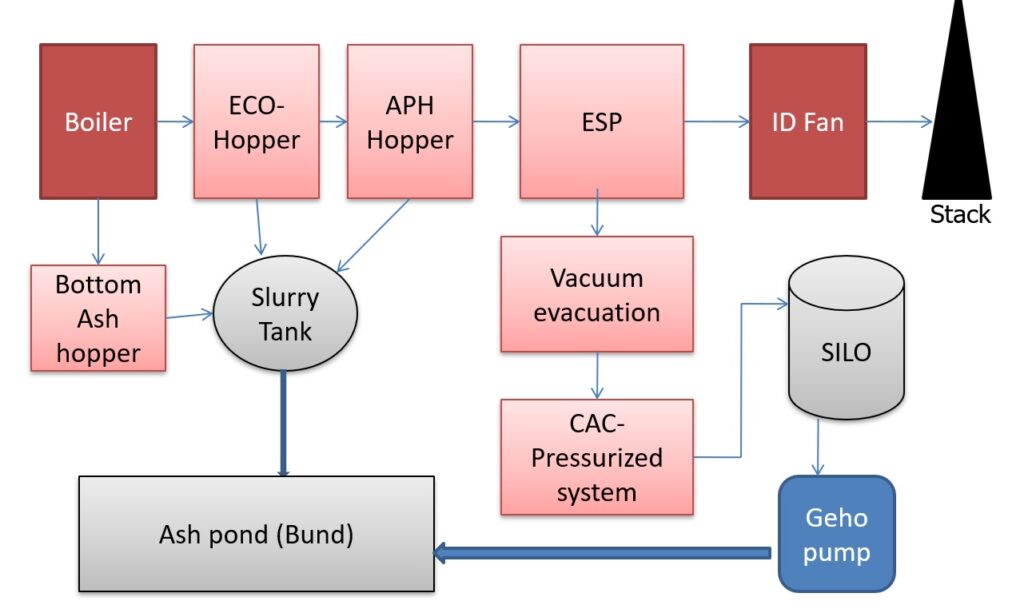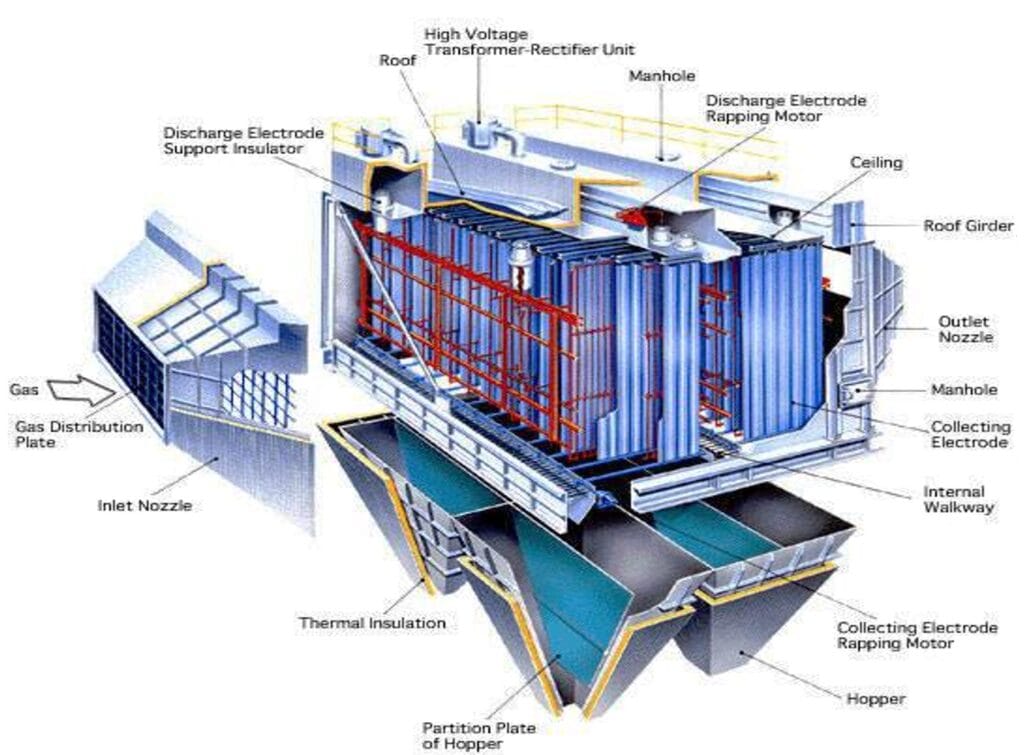Table of Contents
ToggleSelf inductance and mutual inductance are concepts related to electromagnetic induction, a phenomenon discovered by Michael Faraday. These concepts are fundamental to understanding the behavior of inductors in electrical circuits.
Self Inductance
Self-inductance can be defined as:
- The phenomenon in which a change in electric current in a circuit produces an induced electro-motive-force in the same circuit.
In terms of the units the following self-induction definition may be applied:
The self-inductance of a coil is said to be one henry if a current change of one ampere per second through a circuit produces an electro-motive force of one volt in the circuit.
Self-inductance basics
- When current passes along a wire, and especially when it passes through a coil or inductor, a magnetic field is induced. This extends outwards from the wire or inductor and could couple with other circuits. However, it also couples with the circuit from which it is set up.
- The magnetic field can be imagined as concentric loops of magnetic flux that surround the wire, and larger ones that join up with others from other loops of the coil enabling self-coupling within the coil.
- When the current in the coil changes, this causes a voltage to be induced the different loops of the coil as a result of self-inductance.

Formula for Self inductance
Where:
VL = Induced voltage in volts
N = Number of turns in the coil
dφ/dt = Rate of change of magnetic flux in Weber / second
The induced voltage in an inductor may also be expressed in terms of the inductance (in henry) and the rate of change of current.
Lenz's law and self-induction
- The direction of emf induced is in the process of electromagnetic induction is always such that it tends to flow a current which opposes the cause producing it.
- Magnitude of emf induced in conductor
∴ e=- N dφ/dt
- Negative sign indicates that the direction of emf induced is opposite to the cause producing it.
Mutual Inductance
When the emf is induced into an adjacent coil situated within the same magnetic field, the emf is said to be induced magnetically, inductively or by Mutual induction, indicated by symbol (M).
Then when two or more coils are magnetically linked together by a common magnetic flux, they are said to have the property of Mutual Inductance.
Mutual Inductance between Coils

- The amount of mutual inductance that links one coil to another depends very much on the relative positioning of the two coils.
- If one coil is positioned next to the other coil so that their physical distance apart is small, then nearly all of the magnetic flux generated by the first coil will interact with the coil turns of the second coil inducing a relatively large emf and therefore producing a large mutual inductance value.
- The mutual inductance that exists between the two coils can be greatly increased by positioning them on a common soft iron core or by increasing the number of turns of either coil as would be found in a transformer.
Formula for Mutual Inductance
- If the two coils are tightly wound one on top of the other over a common soft iron core unity coupling is said to exist between them as any losses due to the leakage of flux will be extremely small.
- Then assuming a perfect flux linkage between the two coils the mutual inductance that exists between them can be given as
Where:
µo is the permeability of free space (4.πX10-7)
µr is the relative permeability of the soft iron core
N is in the number of coil turns
A is in the cross-sectional area in m2
l is the coils length in meters
Mutual Induction Between Two Coils

Here the current flowing in coil one, L1 sets up a magnetic field around itself with some of these magnetic field lines passing through coil two, L2 giving us mutual inductance. Coil one has a current of I1 and N1 turns while, coil two has N2 turns.
Therefore, the mutual inductance, M12 of coil two that exists with respect to coil one depends on their position with respect to each other and is given as:
Likewise, the flux linking coil one, L1 when a current flows around coil two, L2 is exactly the same as the flux linking coil two when the same current flows around coil one above, then the mutual inductance of coil one with respect of coil two is defined as M21.
This mutual inductance is true irrespective of the size, number of turns, relative position or orientation of the two coils. Because of this, we can write the mutual inductance between the two coils as: M12 = M21 = M.
The self-inductance of each individual coil is given as:
and
Then by cross-multiplying the two equations above, the mutual inductance that exists between the two coils can be expressed in terms of the self inductance of each coil.
giving us a final and more common expression for the mutual inductance between two coils as:
However, the above equation assumes zero flux leakage and 100% magnetic coupling between the two coils, L 1 and L 2.
In reality there will always be some loss due to leakage and position, so the magnetic coupling between the two coils can never reach or exceed 100%, but can become very close to this value in some special inductive coils.
If some of the total magnetic flux links with the two coils, this amount of flux linkage can be defined as a fraction of the total possible flux linkage between the coils. This fractional value is called the coefficient of coupling and is given the letter k.
Coupling Coefficient
Generally, the amount of inductive coupling that exists between the two coils is expressed as a fractional number between 0 and 1 instead of a percentage (%) value, where 0 indicates zero or no inductive coupling, and 1 indicating full or maximum inductive coupling.
In other words, if k = 1 the two coils are perfectly coupled, if k > 0.5 the two coils are said to be tightly coupled and if k < 0.5 the two coils are said to be loosely coupled.
Then the equation above which assumes a perfect coupling can be modified to take into account this coefficient of coupling, k and is given as:
Coupling Factor Between Coils
When the coefficient of coupling, k is equal to 1, (unity) such that all the lines of flux of one coil cuts all of the turns of the other, the mutual inductance is equal to the geometric mean of the two individual inductances of the coils.
So when the two inductances are equal and L 1 is equal to L 2, the mutual inductance that exists between the two coils can be defined as:
Difference Between Self and Mutual Inductance
Feature | Self-Inductance | Mutual Inductance |
Definition | Property of an inductor to induce EMF in itself | Phenomenon where change in one coil induces EMF in another coil |
Nature | Occurs within a single coil or inductor | Involves interaction between two coils |
Symbol and Unit | Symbol: L, Unit: Henry (H) | Symbol: M, Unit: Henry (H) |
Mathematical Expression | e=−L⋅(di/dt) | e2=−M⋅(di1/ dt) |
Effect on Itself | Inductor opposes the change in current (inductive reactance) | – |
Effect on Other Coil | – | Induces EMF in the neighboring coil |
Recent posts
Related posts:
- Resistor
- Classification and Applications of Resistors
- Light Dependent Resistor (LDR)
- Temperature Dependent Resistor (TDR)
- Potentiometer
- Capacitor and capacitance | Fixed Capacitors
- Electrolytic Capacitor
- Variable Capacitor
- How to Read a Capacitor
- Magnetic Materials – Basics of Inductor
- Inductor and Inductance | Inductor Fundamentals


